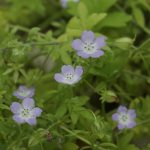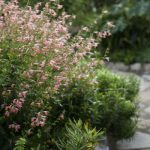Autumn Sage
–
–
–
 Texas
Texas Full Sun
Full Sun Part Sun/Shade
Part Sun/Shade Low
Low Deer Resistant
Deer Resistant Evergreen
Evergreen Flowering
Flowering Attracts Pollinators
Attracts Pollinators Hummingbirds
Hummingbirds
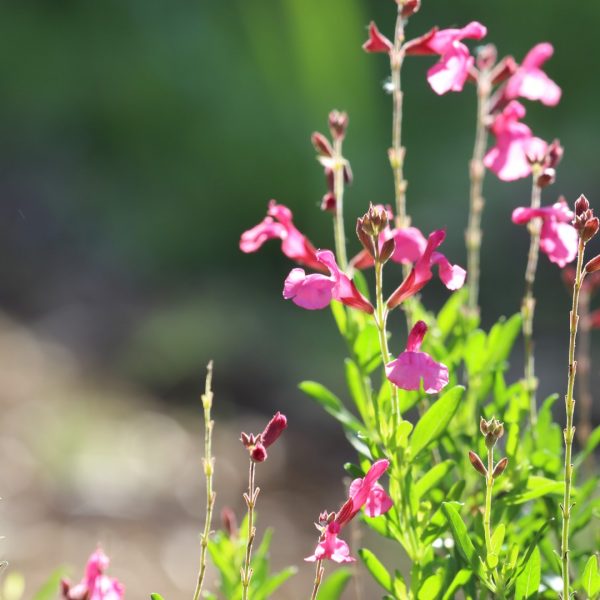
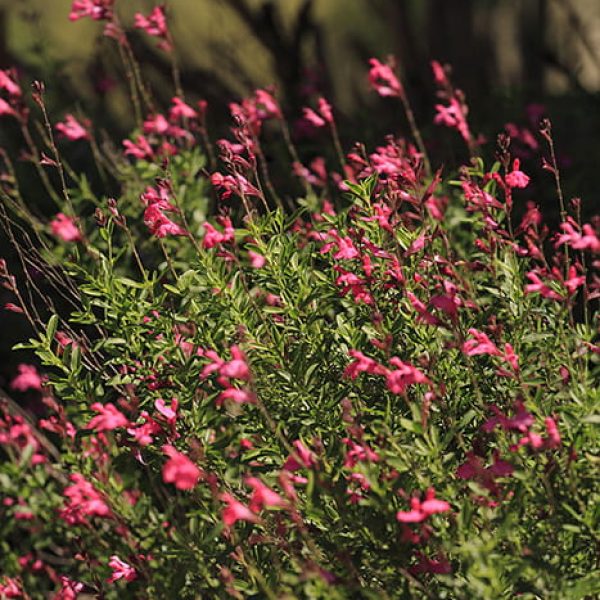
About This Plant
Sun/part shade; evergreen. A tough salvia with tubular red, pink, purple, or white flowers throughout the year (especially in spring or fall). The flowers are sweet and edible, attract hummingbirds, and make a good companion plant in the herb garden.
A far west Texas native, autumn sage adapts to many soil types but needs good drainage and benefits from a little organic matter (i.e. compost) if planted in heavy clay.
Groom it three times a year to keep it tidy: cut back by half in February or after early spring, by a third in June (after flowering) and again in August to prep for fall.
Maintenance
Grooming; generally cut back in late winter and again in June; removal of dead wood and older canes results in a better-looking plant. Responds well to supplemental water in sun.
Features
This plant goes well with
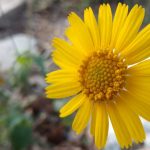 Tetraneuris scaposa
Tetraneuris scaposa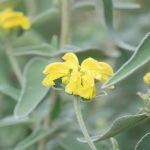 Phlomis fruticosa
Phlomis fruticosa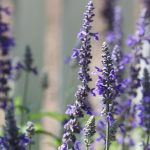 Salvia farinacea x longispicata 'Mystic Spires'
Salvia farinacea x longispicata 'Mystic Spires'
- List Item #1
- List Item #2
- List Item #3





